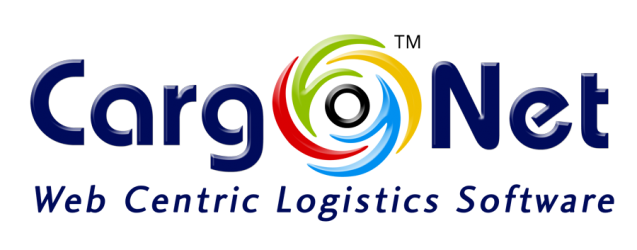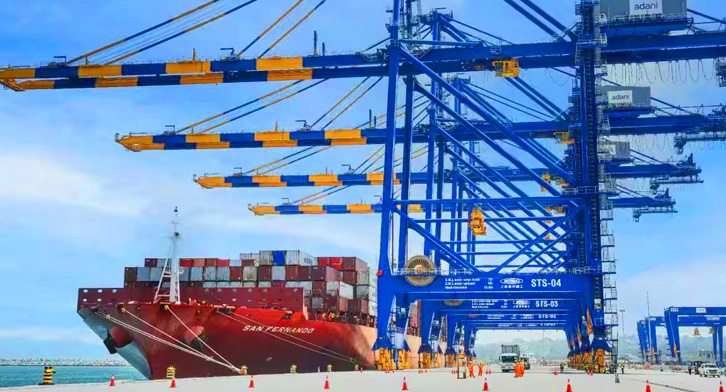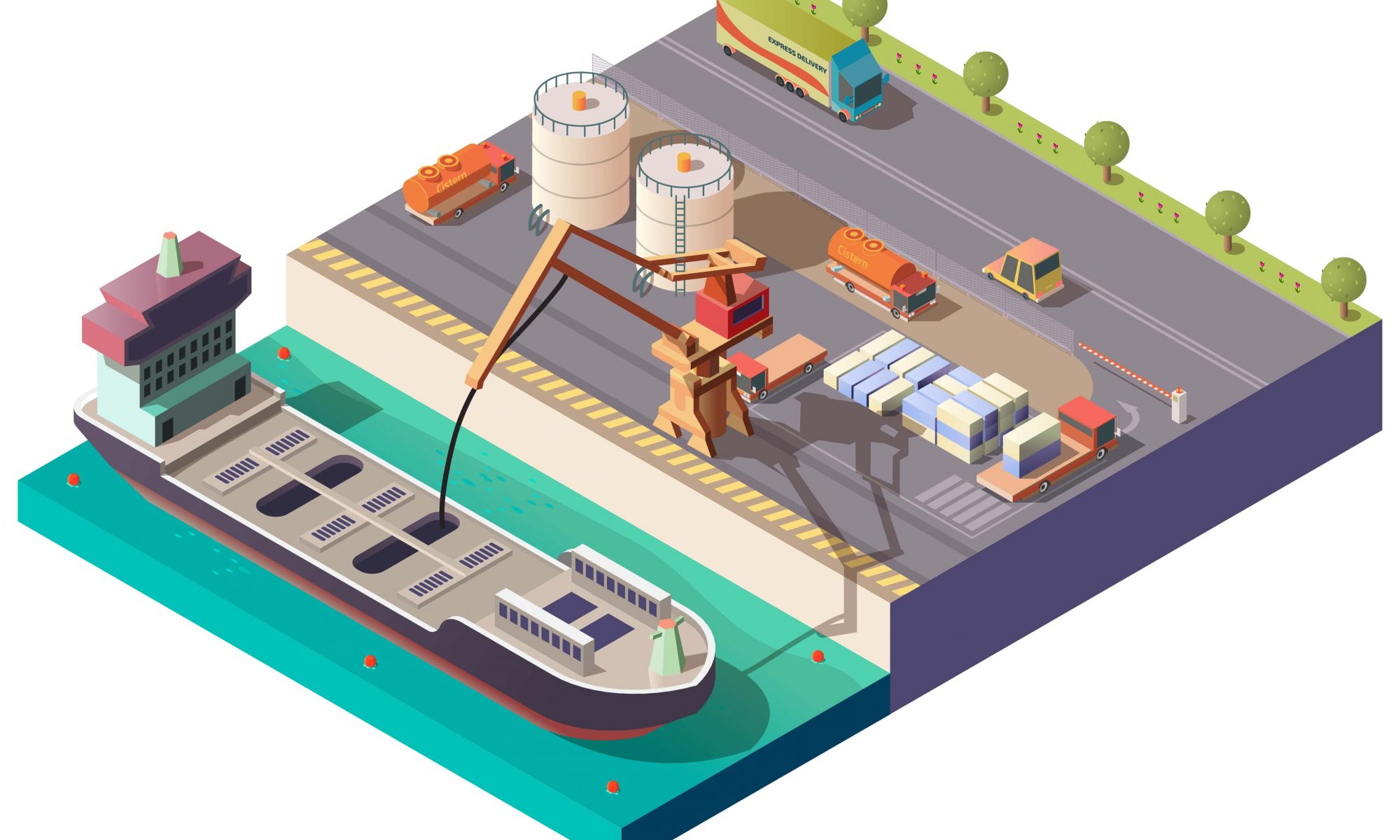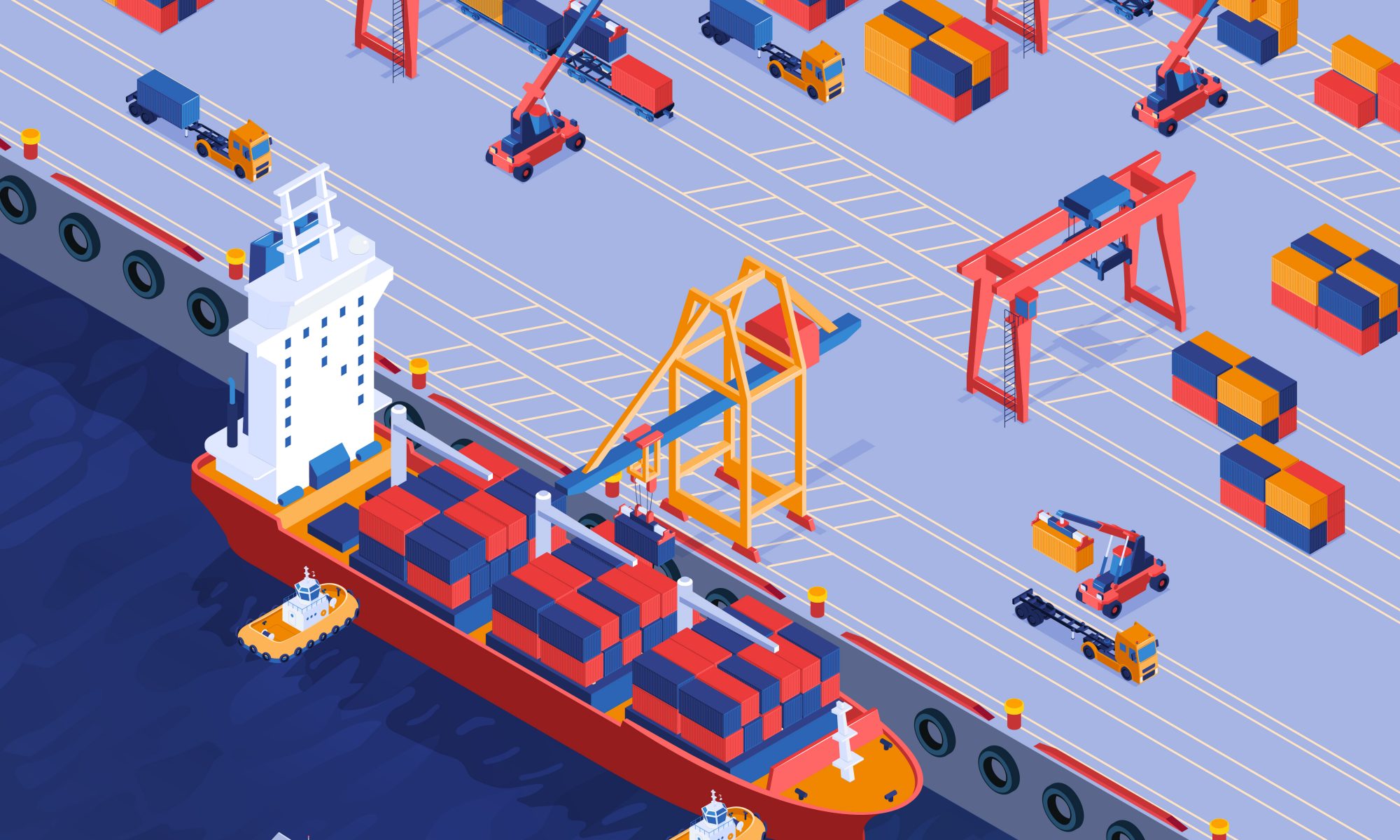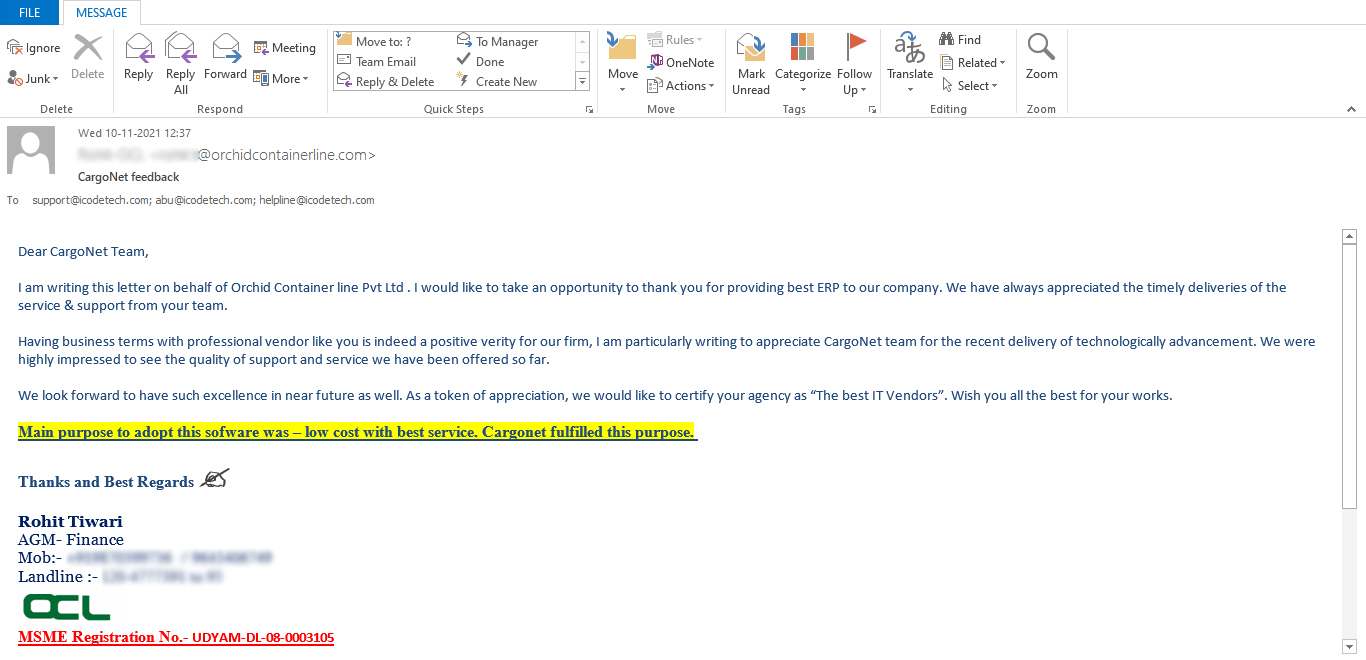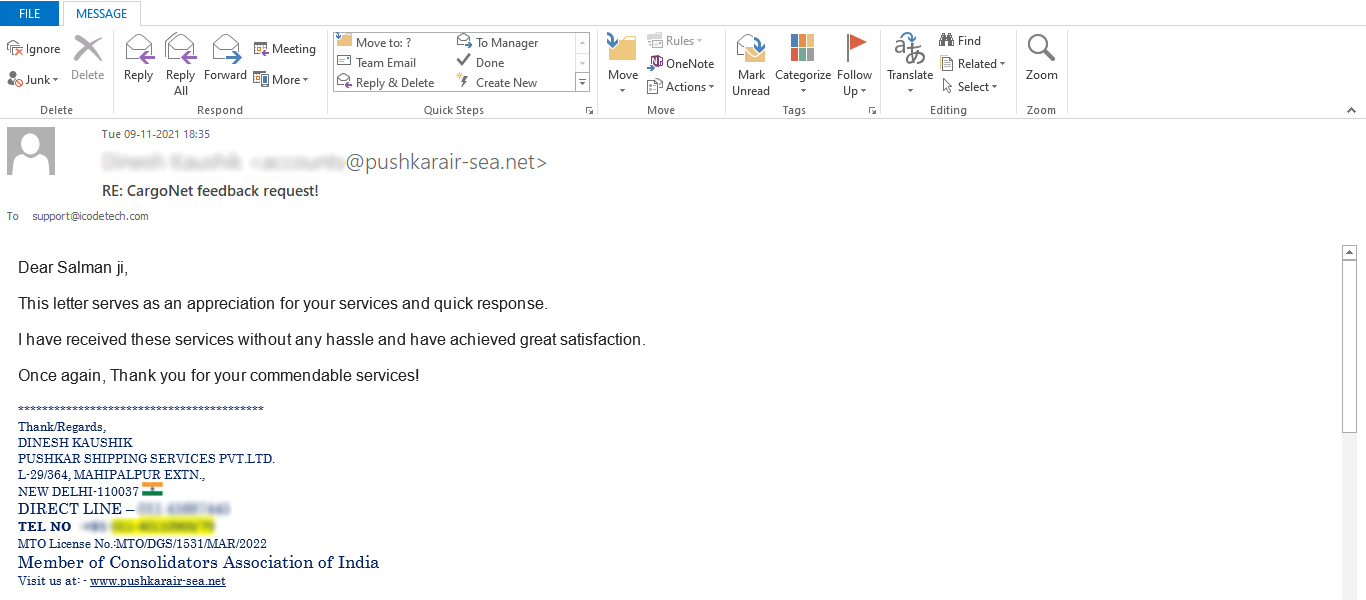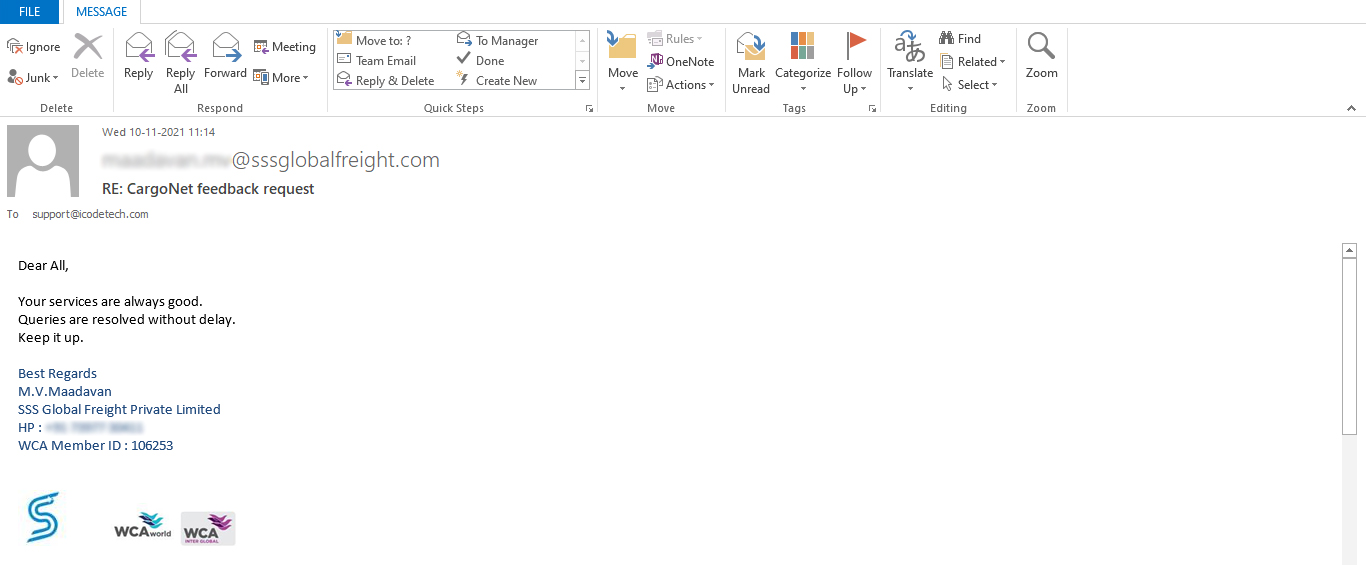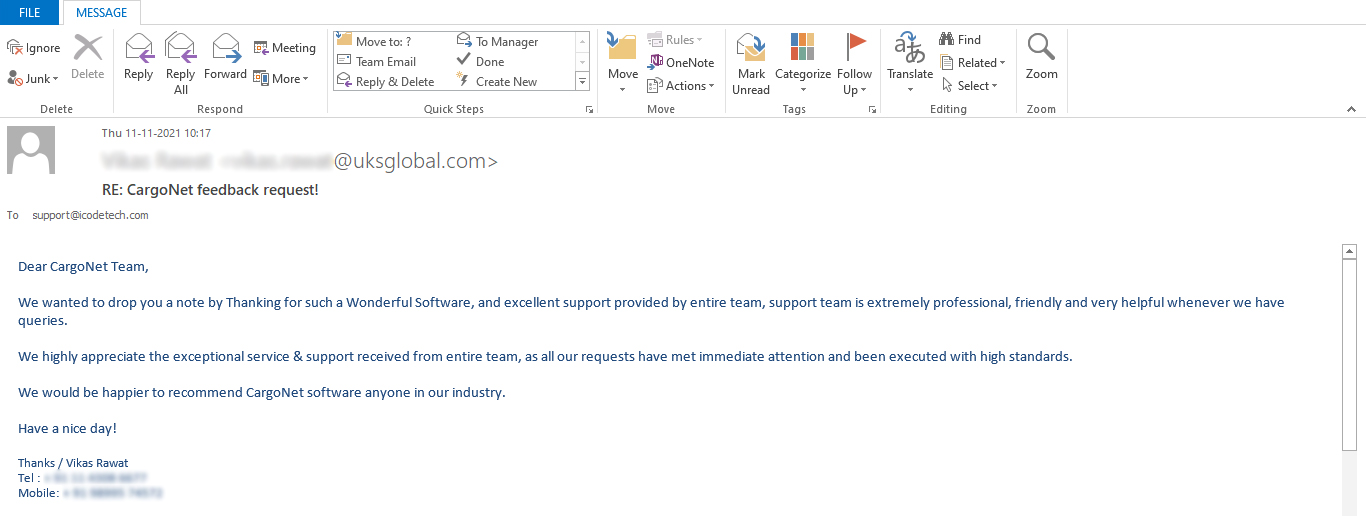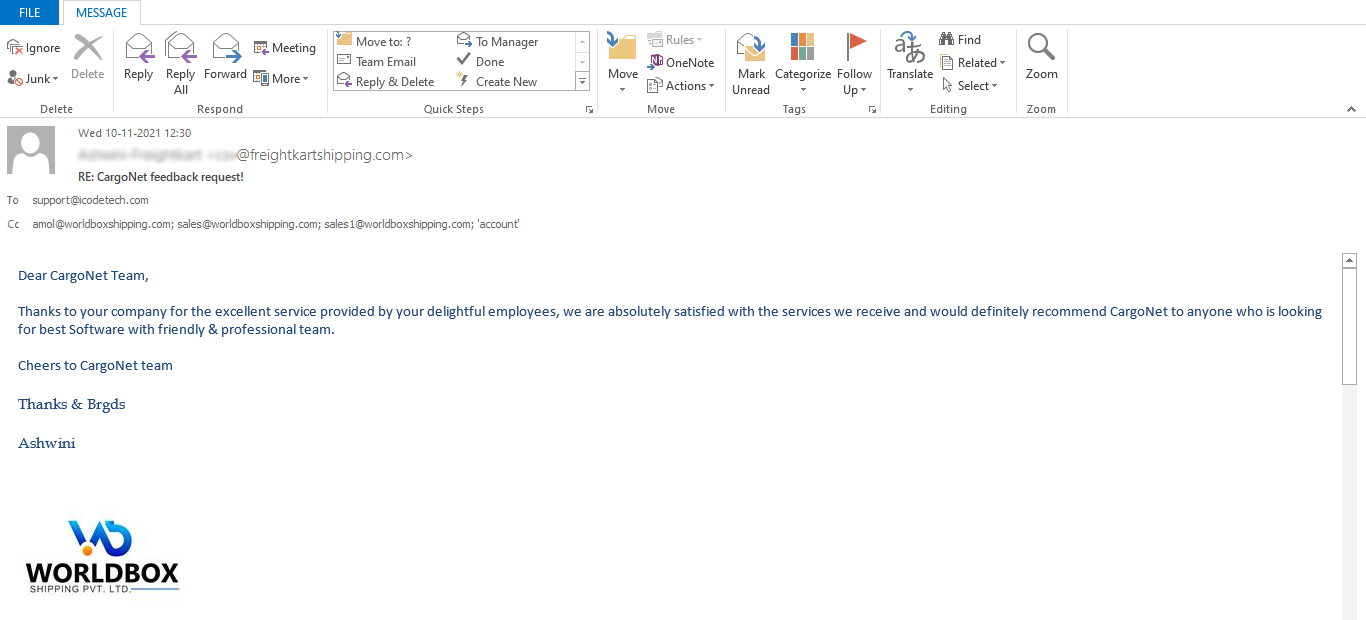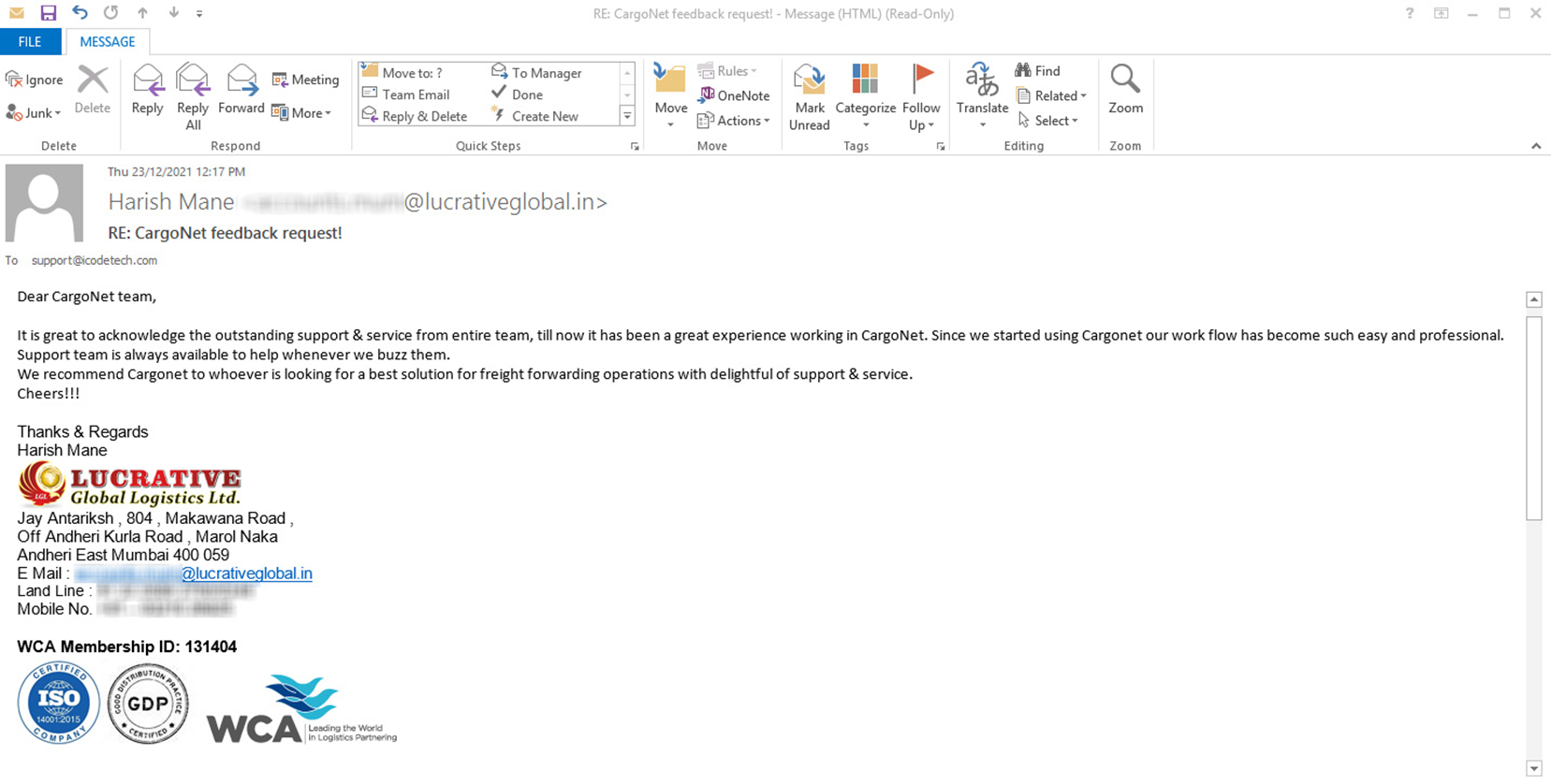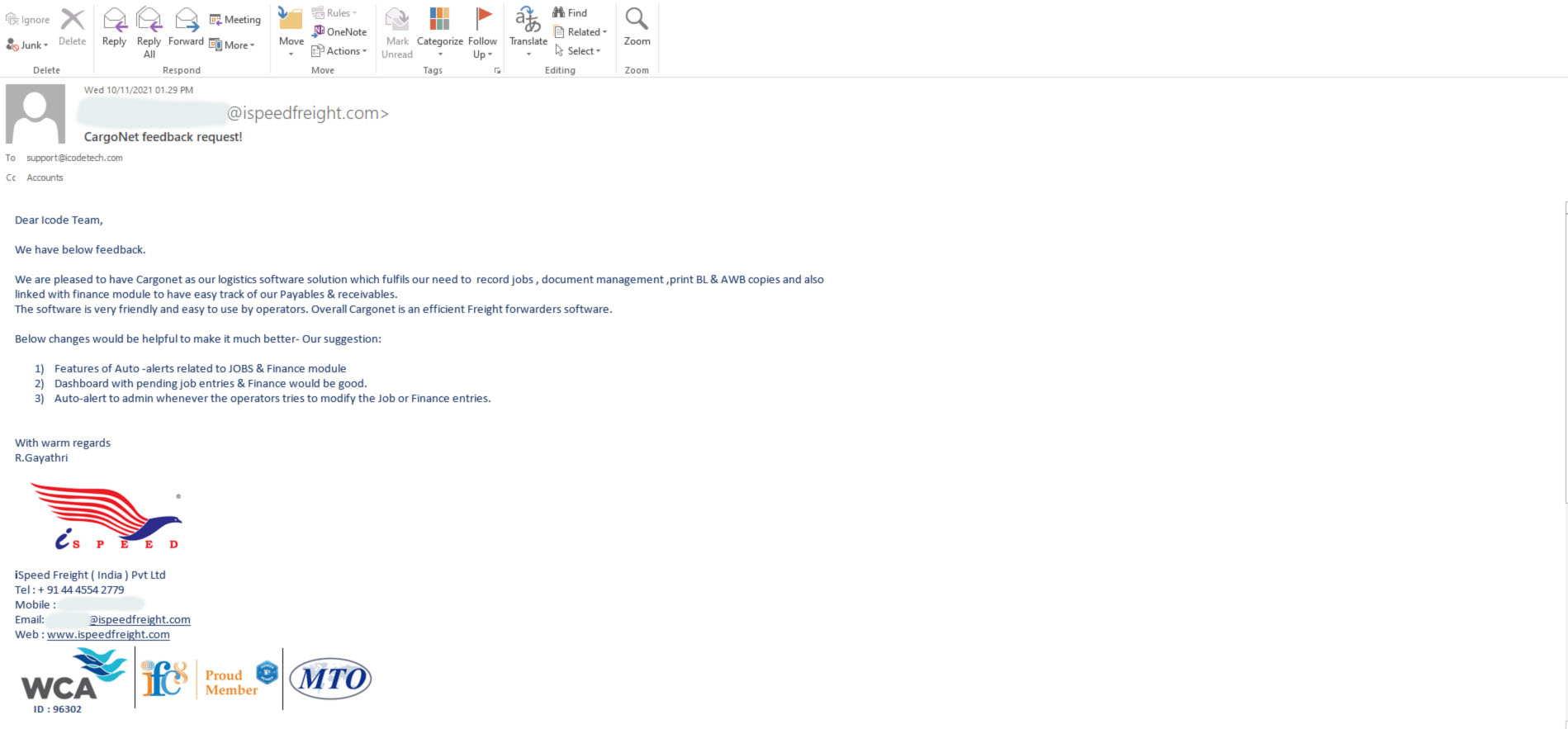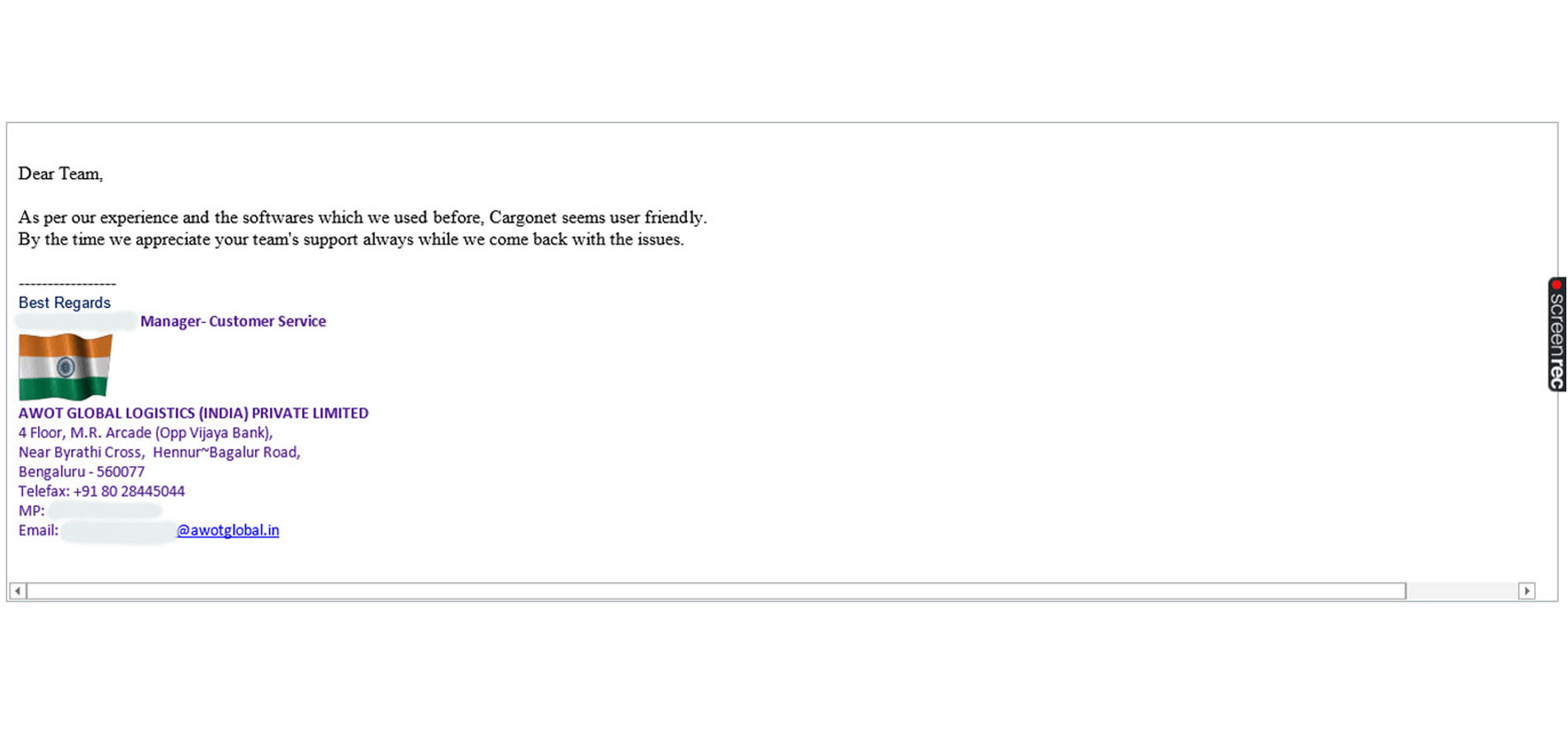When it comes to international shipping, having a reliable freight forwarder is crucial for businesses. A freight forwarder acts as the intermediary between shippers and carriers, ensuring that goods are transported smoothly and efficiently from one location to another. However, not all freight forwarders are created equal, and some may fail to meet the needs and expectations of their clients. This can result in a myriad of challenges and frustrations for businesses.
Importance of a reliable freight forwarder
Having a reliable freight forwarder is of utmost importance for businesses engaged in international shipping. A freight forwarder acts as a crucial link in the supply chain, ensuring that goods are transported seamlessly from one location to another. They handle complex logistics, documentation, and customs procedures, ensuring compliance with regulations and smooth transit of goods. A reliable freight forwarder possesses extensive industry knowledge, strong relationships with carriers and suppliers, and a commitment to exceptional customer service. They provide timely and accurate communication, efficient handling of cargo, and transparency in pricing and operations. With a reliable freight forwarder by their side, businesses can experience streamlined shipping processes, reduced risks of delays and errors, and ultimately, enhanced customer satisfaction.
Overview of the challenges faced by shippers
Shippers face a myriad of challenges in the complex world of logistics and international shipping. One of the key challenges is the ever-changing nature of the industry, with fluctuating freight rates, evolving regulations, and dynamic market conditions. Shippers must navigate through these uncertainties while ensuring timely delivery of goods and maintaining cost-effectiveness. Additionally, managing multiple transportation modes, coordinating with various stakeholders, and handling documentation and customs compliance can be overwhelming. The lack of visibility and transparency in the supply chain, including limited tracking capabilities and information gaps, further complicates the shipping process. Moreover, unexpected disruptions such as natural disasters, port congestion, or labor strikes can severely impact the smooth flow of goods. Overall, shippers must continuously adapt to these challenges and seek innovative solutions to optimize their shipping operations and meet customer demands.
Introduction to using software as a solution to enhance freight forwarding operations
In the dynamic world of freight forwarding, utilizing software solutions has become instrumental in enhancing operational efficiency and effectiveness. Software serves as a powerful tool to automate manual tasks, streamline order management processes, and ensure compliance with regulations. By providing real-time visibility into the supply chain, software solutions enable proactive monitoring and prompt issue resolution. Integration capabilities foster seamless data exchange among different systems, enhancing collaboration and reducing errors. Furthermore, software solutions offer comprehensive analytics and reporting features, empowering freight forwarders to make data-driven decisions and optimize their operations. Ultimately, embracing software as a solution unlocks new levels of efficiency, accuracy, and visibility, enabling freight forwarders to navigate the complexities of global logistics with greater ease and effectiveness.
Key indications that your freight forwarder may not be meeting your needs can be addressed and solved with the help of software solutions. Here are some indications and corresponding software-based solutions:
Signs: Delayed responses, unavailability, inadequate updates.
Solution: Implement a robust communication platform or software that facilitates seamless interaction between you and your freight forwarder. Email, instant messaging, or project management tools can ensure efficient and timely communication, fostering transparency and collaboration.
Signs: Consistent delays, disruptions in the supply chain.
Solution: Utilize freight management software with real-time tracking capabilities. This software provides visibility into shipment progress, identifies potential delays, and allows you to take proactive measures to prevent missed deadlines, ensuring timely delivery.
- Limited or Inaccurate Tracking Information:
Signs: Insufficient or unreliable tracking updates.
Solution: Adopt a transportation management system (TMS) or track-and-trace software that integrates with your freight forwarder’s systems. Such tools provide accurate and up-to-date tracking information, enhancing visibility throughout the supply chain.
- Inadequate Customer Service:
Signs: Unresponsive or unhelpful staff, unresolved issues.
Solution: Look for freight management software that incorporates customer service features such as ticketing systems or customer portals. These tools streamline communication, facilitate issue resolution, and provide a centralized platform for addressing customer concerns.
- Lack of Expertise or Specialization:
Signs: Inability to handle specific cargo types or trade routes effectively.
Solution: Leverage freight forwarder matching platforms or logistics marketplaces that connect you with specialized forwarders. These platforms help you find freight forwarders with expertise in your industry or specific trade routes, ensuring a better fit for your requirements.
- Frequent Errors or Damages:
Signs: Repeated instances of lost, damaged, or misrouted shipments.
Solution: Implement warehouse management systems (WMS) or quality control software to enhance accuracy and efficiency in handling and storage processes. These systems help track inventory, monitor quality, and minimize errors or damages.
- Inflexibility or Limited Service Options:
Signs: Difficulty accommodating changing demands, lack of service variety.
Solution: Explore freight management software that offers customizable features and integrations. This allows you to tailor the software to your specific needs, adapt to changing requirements, and access a broader range of services.
- Financial Transparency Issues:
Signs: Hidden fees, unexpected charges, invoicing discrepancies.
Solution: Adopt financial management software or Freight billing automation tools that provide transparent and accurate invoicing and cost management capabilities. These solutions help you track expenses, detect discrepancies, and ensure financial transparency with your freight forwarder.
Conclusion:
Identifying key indications that your freight forwarder may not be meeting your needs is crucial for maintaining a well-functioning supply chain. Software solutions offer powerful tools to address these challenges and optimize your freight forwarding operations. By leveraging communication platforms, tracking software, customer service tools, specialized matching platforms, quality control systems, customizable software, and financial management solutions, you can enhance collaboration, visibility, and operational efficiency. Embracing software can transform your freight forwarding experience and ensure that your logistics requirements are met effectively.

